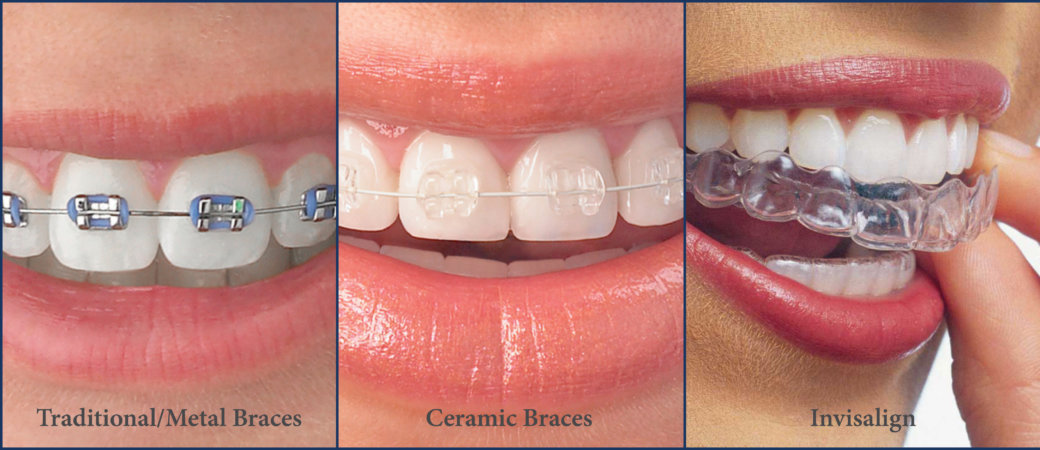The Ultimate Guide To Causey Orthodontics
Table of ContentsCausey Orthodontics Fundamentals ExplainedThe Ultimate Guide To Causey OrthodonticsThe Single Strategy To Use For Causey OrthodonticsAll About Causey OrthodonticsThe Ultimate Guide To Causey Orthodontics
Disregarding occlusal partnerships, it was regular to remove teeth for a variety of oral problems, such as malalignment or overcrowding. The principle of an intact teeth was not commonly appreciated in those days, making bite relationships seem unimportant. In the late 1800s, the principle of occlusion was crucial for creating dependable prosthetic substitute teeth.As these ideas of prosthetic occlusion progressed, it came to be an invaluable device for dental care. It was in 1890 that the job and effect of Dr. Edwards H. Angle began to be felt, with his payment to contemporary orthodontics especially noteworthy. Originally focused on prosthodontics, he educated in Pennsylvania and Minnesota before directing his interest in the direction of dental occlusion and the therapies required to maintain it as a typical condition, thus becoming referred to as the "daddy of modern orthodontics".

The idea of excellent occlusion, as proposed by Angle and included into a classification system, enabled a shift in the direction of dealing with malocclusion, which is any type of discrepancy from regular occlusion. Having a full set of teeth on both arcs was highly sought after in orthodontic therapy as a result of the need for precise connections in between them.
8 Easy Facts About Causey Orthodontics Shown
As occlusion became the vital priority, face proportions and visual appeals were disregarded - best orthodontist near me. To attain suitable occlusals without using external forces, Angle postulated that having excellent occlusion was the best method to obtain optimum face appearances. With the death of time, it came to be quite apparent that also an exceptional occlusion was not appropriate when taken into consideration from an aesthetic factor of sight
It became evident that orthodontic therapy could readjust mandibular growth, bring about the development of practical jaw orthopedics in Europe and extraoral force steps in the US. These days, both useful devices and extraoral gadgets are applied around the globe with the purpose of changing growth patterns and forms. Consequently, seeking real, or a minimum of improved, jaw relationships had come to be the main goal of treatment by the mid-20th century.
Some Of Causey Orthodontics
 The American Journal of Orthodontics was created for this objective in 1915; prior to it, there were no scientific purposes to follow, nor any kind of exact classification system and brackets that did not have attributes. Till the mid-1970s, braces were made by covering steel around each tooth. With advancements in adhesives, it came to be possible to instead bond steel braces to the teeth.
The American Journal of Orthodontics was created for this objective in 1915; prior to it, there were no scientific purposes to follow, nor any kind of exact classification system and brackets that did not have attributes. Till the mid-1970s, braces were made by covering steel around each tooth. With advancements in adhesives, it came to be possible to instead bond steel braces to the teeth.This has had purposeful effects on orthodontic treatments that are administered on a regular basis, and these are: 1. Proper interarchal partnerships 2. Proper crown angulation (suggestion) 3.
The advantage of the style lies in its bracket and archwire mix, which needs just minimal wire flexing from the orthodontist or medical professional (affordable orthodontist near me). It's appropriately called after this feature: the angle of the port and density of the bracket base inevitably determine where each tooth is situated with little need for added adjustment
Some Of Causey Orthodontics
Both of these systems employed similar braces for every tooth and necessitated the flexing of an archwire in 3 airplanes for finding teeth in their desired positions, with these bends determining supreme positionings. When it concerns orthodontic devices, they are divided right into two types: detachable and repaired. Removable devices can be taken on and off by the individual as called for.

Therefore, practically all contemporary fixed home appliances can be thought about variations on this edgewise device system. Early 20th-century orthodontist Edward Angle made a major payment to the globe of dental care. He produced 4 distinct device systems that have actually been used as the basis for several orthodontic treatments today, disallowing a few exemptions.
The Buzz on Causey Orthodontics

The cord finished in a string, and to relocate forward, a flexible nut was made use of, which permitted a boost in circumference. By ligation, each specific tooth was affixed to this extensive archwire (best orthodontist near me). Due to its minimal variety of motion, Angle was incapable to accomplish precise tooth positioning with an E-arch
These tubes held a firm pin, which could be repositioned at each consultation in order to relocate them in position. Referred to as the "bone-growing device", this contraption was theorized to encourage much healthier bone development due to its possibility for transferring pressure straight to the roots. Applying it verified frustrating in truth.